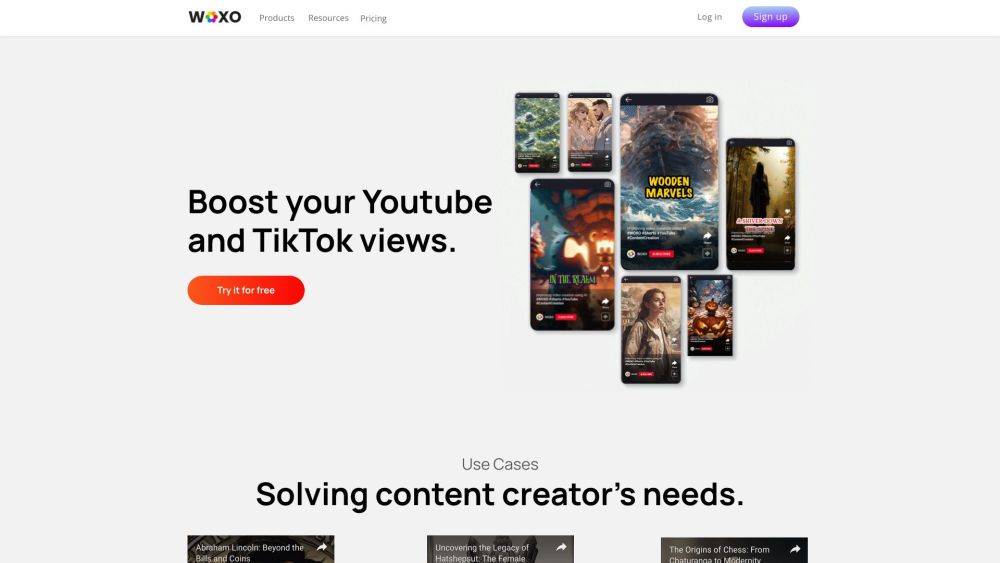OpenAI CEO Takes Sora Technology to Hollywood, Reports Suggest
Most people like

Introduction:
Unlock the potential of your dropshipping business and Shopify store with our innovative mobile app designed specifically for e-commerce entrepreneurs. Streamline your operations, enhance productivity, and maximize sales all from your smartphone. Whether you’re managing inventory, tracking orders, or analyzing sales trends, our app offers seamless integration and user-friendly features tailored to meet the unique needs of dropshippers and Shopify store owners. Elevate your business to new heights today!

Discover a comprehensive resource for machine learning insights, featuring expert analysis and updates from leading tech giants in the industry.
Find AI tools in YBX
Related Articles
Refresh Articles


